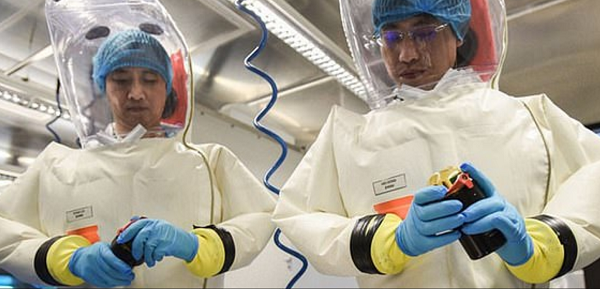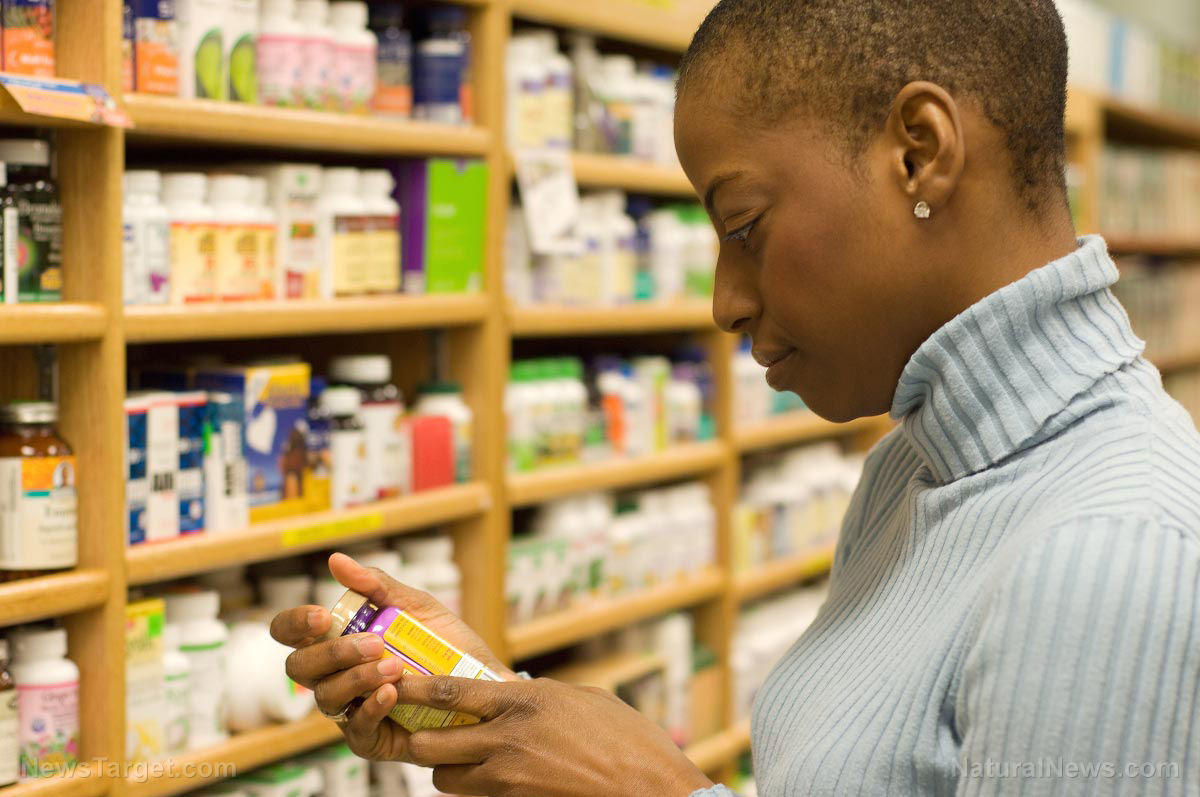
If you're out of cleaning supplies, follow the steps below to make DIY disinfecting wipes. You'll need water, bleach and three percent hydrogen peroxide solution.
Bleach-based disinfecting wipes
Materials:
- Bleach (common household bleach, 5 to 6 percent solution)
- Water
Bleach to water ratio:
- 3 1/4 teaspoons bleach to 1 cup water
- 2 tablespoons and 1/2 teaspoon bleach to 1 pint of water
- 1/4 cup and 1 teaspoon bleach to 1 quart of water
- 1/2 cup and 2 teaspoons bleach to 1/2 gallon of water
- 1 cup and 4 teaspoons bleach to 1 gallon of water
Hydrogen peroxide-based disinfecting wipes
Materials:
- Hydrogen peroxide (3 percent solution)
- Water
Hydrogen peroxide to water ratio:
- 1 tablespoon hydrogen peroxide to 5 tablespoons water
- 2 tablespoons hydrogen peroxide to 1/2 cup and 2 tablespoons water
- 3 tablespoons hydrogen peroxide to 1 cup (minus 1 tablespoon) water
- 1/4 cup hydrogen peroxide to 1 pint (minus 2 tablespoons) of water
- 1/2 cup hydrogen peroxide to 1 quart (minus 1/4 cup) of water
Disposable disinfecting wipes
To make disposable disinfecting wipes, choose either a bleach or hydrogen peroxide base, then follow the steps below.
Materials:
Steps:
- Get a roll of paper towels, then cut it in half horizontally. You'll have 2 toilet paper-like rolls.
- Place 1 paper towel roll flat into an airtight container, then pour the bleach or hydrogen peroxide solution over the top. Use a container that's large enough to hold all the liquid while the paper towels are fully saturated.
- Remove the cardboard center roll and pull out fresh paper towels from the middle.
Reusable disinfecting wipes
To make reusable disinfecting wipes, choose either a bleach or hydrogen peroxide base, then follow the steps below. These reusable wipes are a more eco-friendly alternative and you can easily make them using items you can find around the house.
Materials:
- Bleach- or hydrogen peroxide-based solution
- Old shirts or clean cotton rags
Steps:
- Get old shirts or other cotton fabric, then cut it into squares. Make each square roughly the same size as a commercial disinfecting wipe.
- Soak the cloths in your chosen solution.
- Keep used wipes in a sealed container until laundry day. Wash them with hot water before re-soaking them in your solution and reusing.
DIY hand sanitizer
Washing your hands with soap and water is the best way to keep them clean and prevent the spread of infections. But if you're outdoors or if you run out of water, you can keep your hands clean with homemade hand sanitizer. (Related: Can shoes and clothes bring the coronavirus into your house?)
Follow the proper ratios to ensure that your DIY hand sanitizer is effective. The solution below is from Ajith Karunarathne, a cellular chemist and assistant professor at the University of Toledo’s department of chemistry and biochemistry.
Materials:
- Isopropyl alcohol (90 or 95 percent concentration)
- Aloe vera gel
- Essential oil of your choice
Steps:
- Mix 3 parts of isopropyl alcohol with 1 part aloe vera gel. The aloe vera will keep your skin moisturized.
- If you don't have pre-made aloe gel, scrape some from aloe leaves. Cut the sides of a leaf, then remove the top skin. Use a spoon to scrape the gel out. Blend the gel for 2 to 3 minutes in a high-speed blender and use a strainer to filter the gel and remove leaf debris.
- This is optional, but adding several drops of essential oil to the mix will give it a nice scent.
- Pour the mixture into a clean, empty container. Refill empty hand sanitizer bottles, or use small containers that can be carried in a bag or purse. If the mixture is cloudy, shake the container well before use.
How to use your DIY disinfecting wipes
Before you start cleaning surfaces with DIY disinfectant wipes, check if the solution you’re using is safe for whatever you’ll be cleaning.
Read product labels, particularly for bleach, hydrogen peroxide or other disinfectant cleaners to make sure it won’t damage, strip or stain your surfaces.
Disinfecting wipes are best used on most kinds of hard, nonporous surfaces, such as:
- Cabinet handles and knobs
- Countertops
- Doorknobs
- Drawer handles and knobs
- Faucets and faucet handles
- Gear shifts
- Light switches
- Oven handles
- Refrigerator handles
- Remote controls
- Steering wheels
- Toilets
- Trash cans
When using disinfecting wipes, do so in a well-ventilated area. If you're using disinfecting wipes made with a bleach solution, never use them with ammonia or other chemicals because this may produce dangerous compounds.
Practice proper handwashing techniques and keep your home and surroundings clean during this pandemic. Visit Preparedness.news to learn more.
Sources include:
Please contact us for more information.























